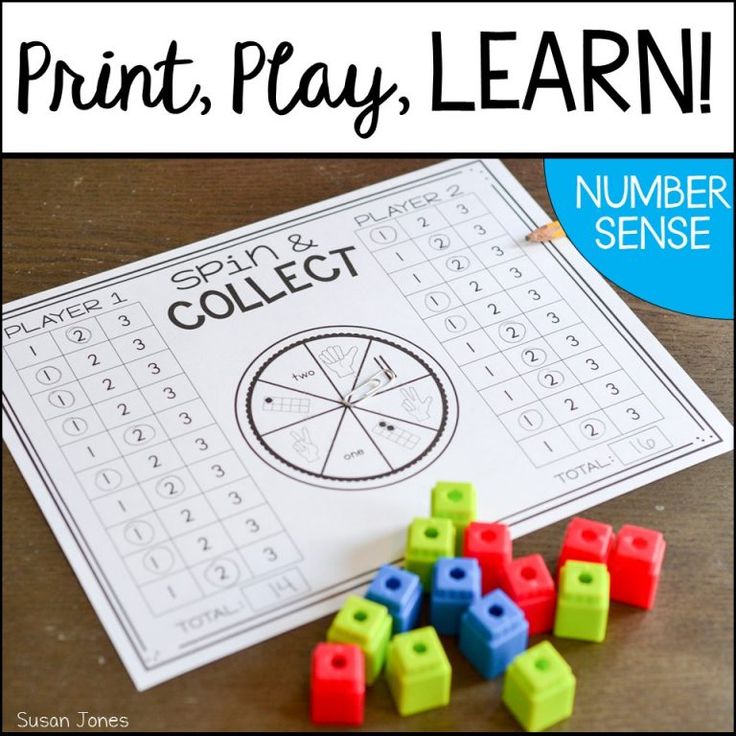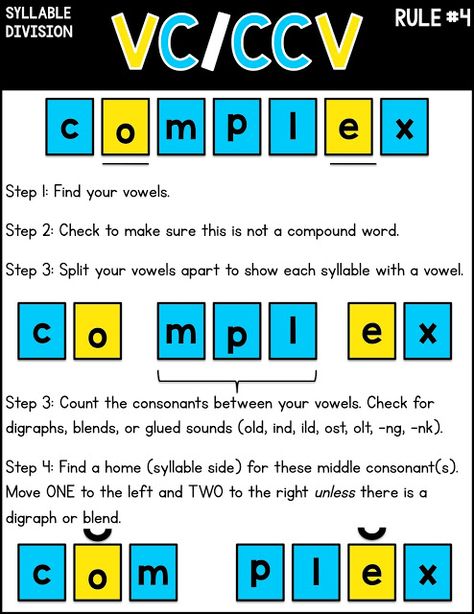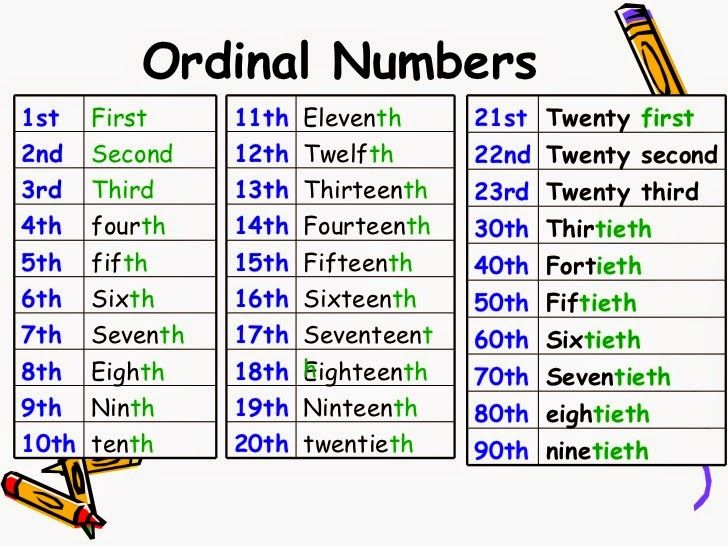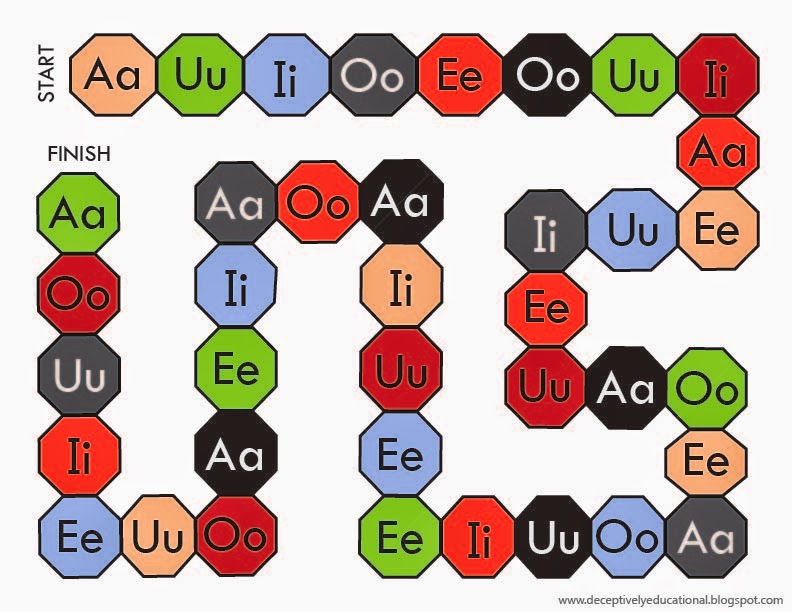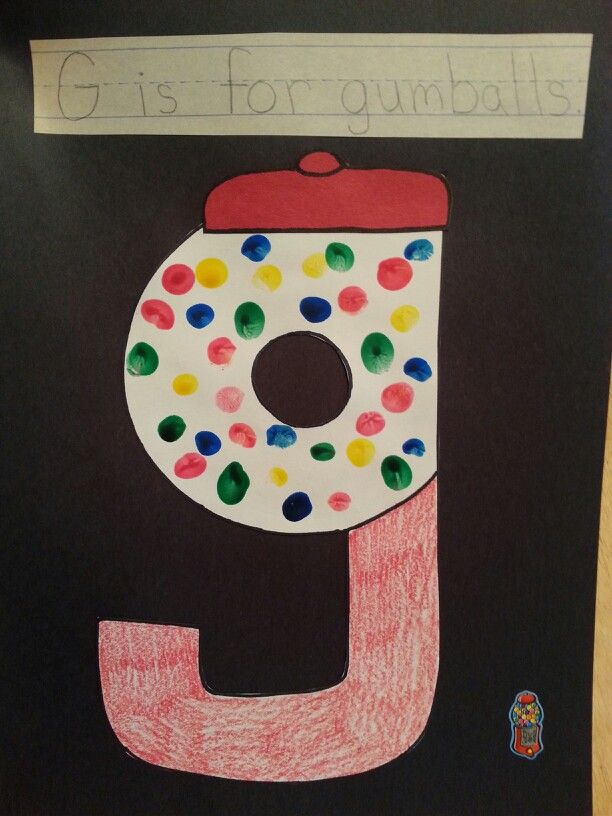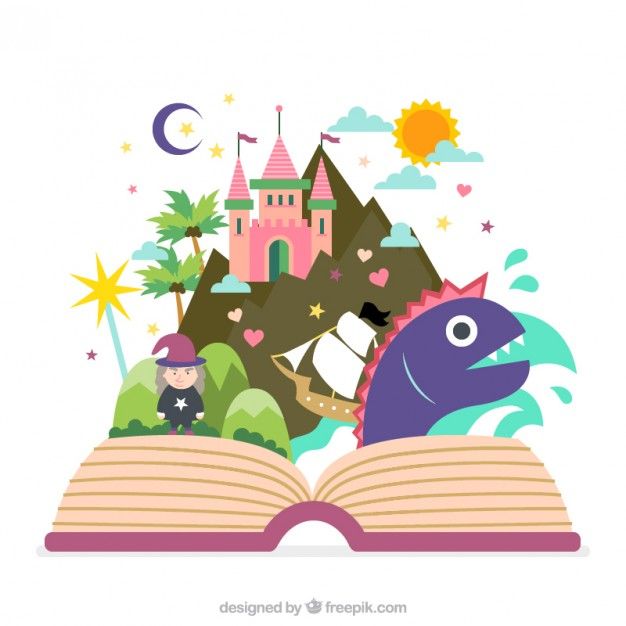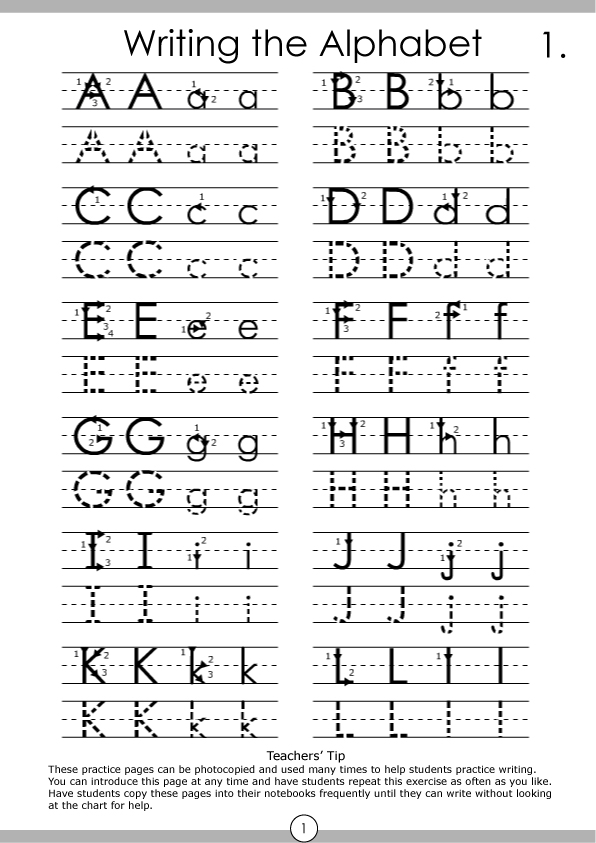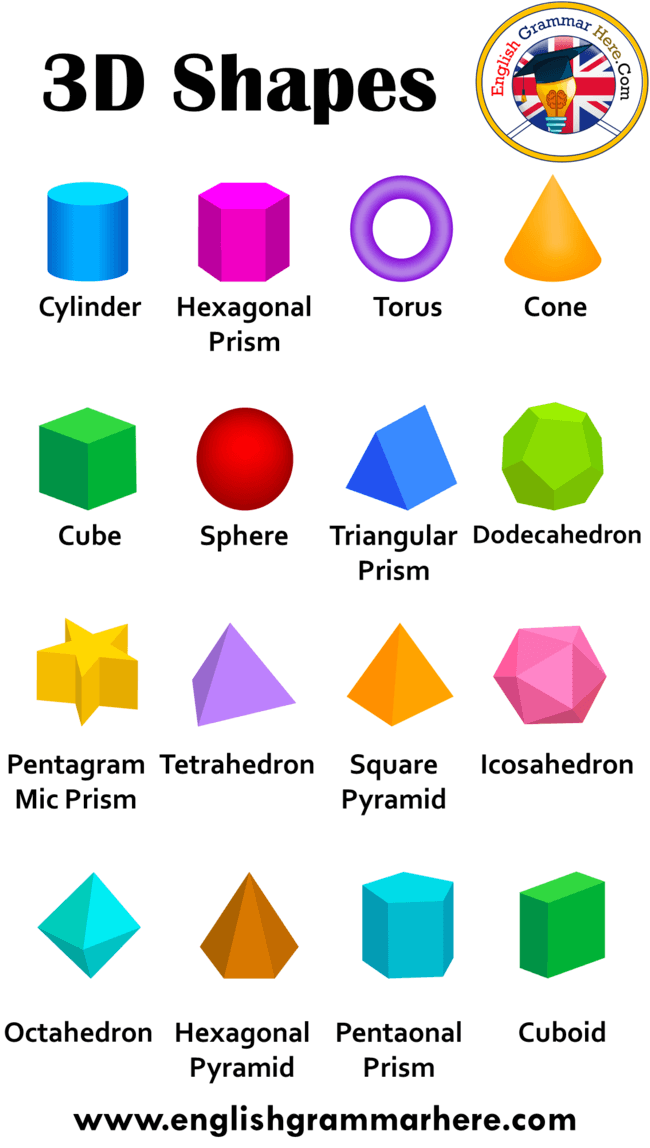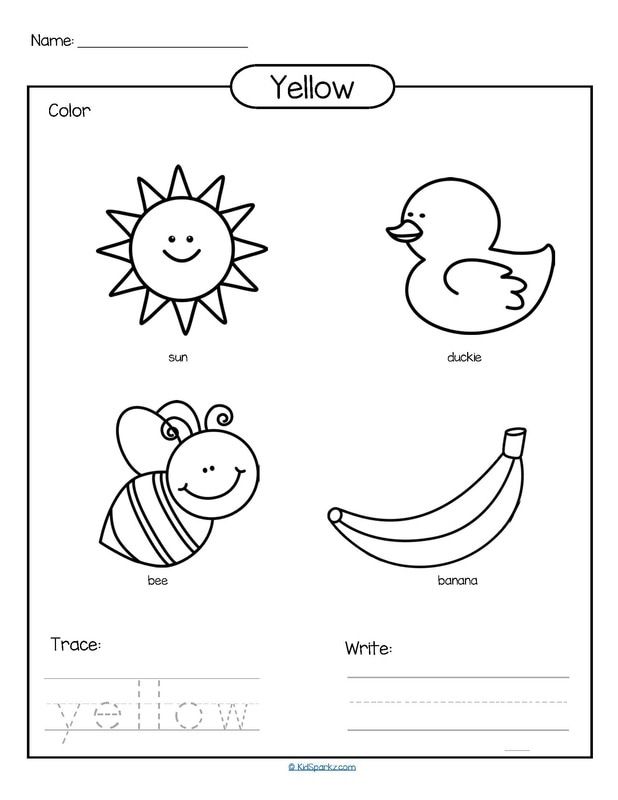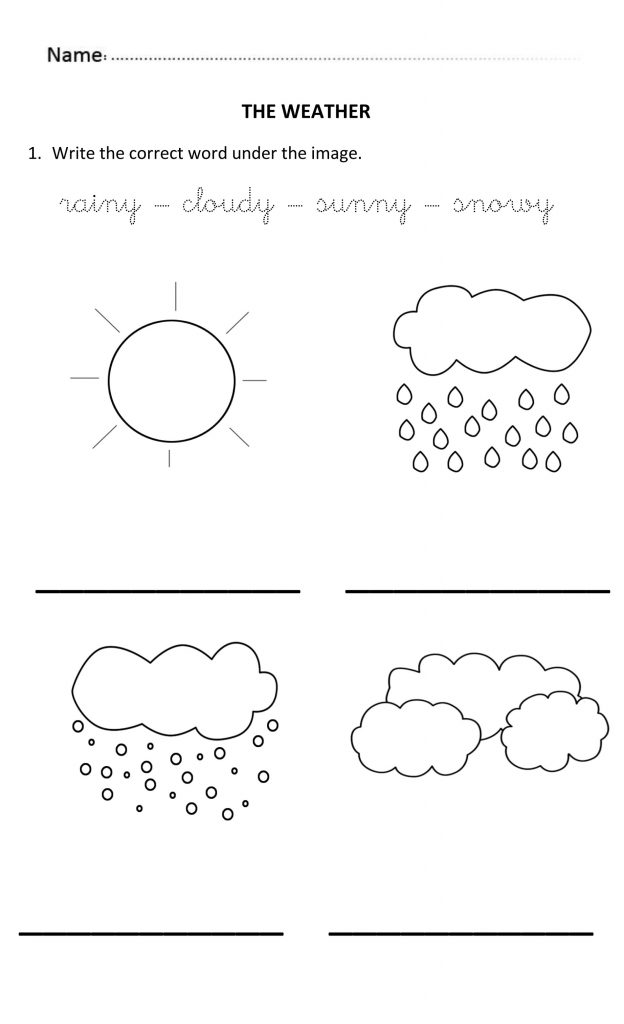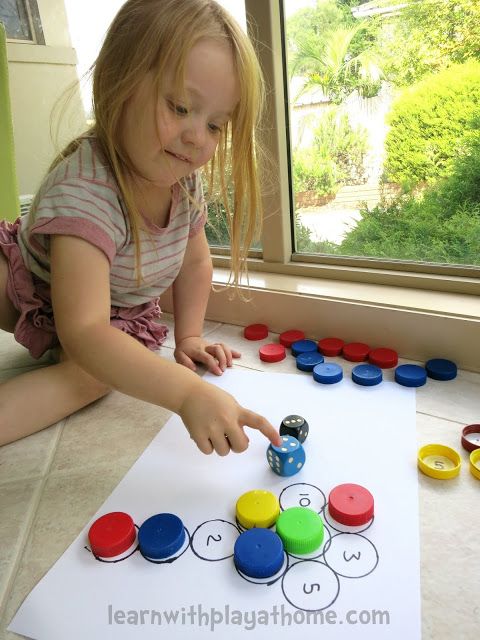Pre reading questions
Before, During, and After Reading Questions and Activity Ideas
In the course of a school year, you will (hopefully) read countless books to and with your 3rd, 4th, and 5th grade students. Check out these questions and activity ideas that you can use before, during, and after reading a text with your class.
Before Reading / Pre Reading Questions and Activities
There are several no prep strategies you can use before reading a text to get your 3rd, 4th, and 5th grade students interested and prepare them to comprehend the text better.
Start by sharing the title and book cover with your students. Based on this alone, students can make predictions about the genre of the text, and what topics or problems might come up in the text.
You can also intentionally activate your students’ schema by asking them to think about, write, or discuss what they already know about the topic - or to share what the title and book cover reminds them of.
Sometimes it can be useful going through a book walk with your students. Walk through the pages together, looking at illustrations and any text that stands out. Checking out different text features in nonfiction text like the table of contents, headings, graphs, etc. can be especially helpful.
And questions are of course always helpful for getting students to think!
Possible Before Reading Questions- Do you think this is a fiction or nonfiction text? Why?
- Based on the title or book cover, what problems do you think the main characters might face? What are some possible solutions?
- What clues has the author provided for you in the title and illustrations?
- What are you wondering about?
For more questions, check out this Before, During, and After Reading Questions Resource. It includes 48 questions for fiction texts, 48 questions for nonfiction texts, and question cards to use in the classroom.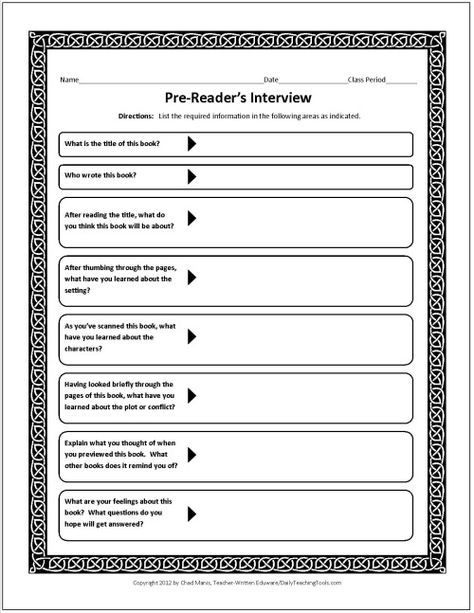
During Reading Questions and Activities
While you are reading, one of the most valuable strategies you can use are think alouds. Model to your students what you are thinking about as you read - what questions do you have, what predictions can you make, how are you monitoring your comprehension?
As you read, stop periodically to see if students have any questions and to make sure they are comprehending the text. You could have them whip out their white boards and draw an important event from the passage so far. Or, see if they can sum up the most important part of the text so far in just one or two words.
And of course, asking questions is a great way to keep upper elementary students engaged and to make sure they are comprehending the text. You can use this method for pairing students up to give them an opportunity to stretch their legs while also answering questions.
Possible During Reading Questions- Is there anything that you don’t understand that we should go back and reread?
- What illustration do you think will be on the next page? Why?
- What details have been important to the story so far?
- How do you think this text will end? Why?
If you are reading the text together and you hate round robin reading, then check out these 9 round robin alternatives for whole class reading.
After Reading Questions and Activities
After reading a text, there are endless ways to assess student understanding. For example, have your 3rd, 4th or 5th grade students:
- fill out graphic organizers
- have a snowball fight
- ask their own meaningful questions
- complete a One Pager Activities like the ones found in this Reading Response Bundle
- summarize or find the main idea
- analyze character traits
- complete one of these whole class Find Someone Who activities
- complete one of these book report ideas
And of course, asking questions about the text is always appropriate! You can find some skill specific higher order thinking questions here, or use some of the possible "After Reading" questions below!
Possible After Reading Questions- What do you think the author wanted you to learn from this text?
- If the author wrote a sequel to this text, what do you think the sequel would be about?
- Summarize this text in 2-4 sentences.

- Is there anything from the text that didn’t make sense to you?
- What would you have done differently from the main character?
- Think about an unusual detail in the text. Why do you think the author included it?
For more questions, check out this Before, During, and After Reading Questions Resource. It includes 48 questions for fiction texts, 48 questions for nonfiction texts, and question cards to use in the classroom.
Never Stress Over Sub Plans Again!
Make copies, find a fiction book, and you'll be ready for any emergency that comes your way!
Asking Pre-Reading Questions - TeacherVision
Lesson Summary
This is a language arts lesson for students in grades 3-5. Students will learn about asking questions before reading and will make predictions based on the discussion of the questions.
Students should be able to differentiate between a question and a statement, generate questions, and work in cooperative, heterogeneous groups.
Objectives
Students will brainstorm prior knowledge about the topic of a text
Students will make predictions about the text by asking effective "before" reading questions in order to improve our reading comprehension.
Key Understandings
Materials
Procedure
Select two narrative texts, one will be used to demonstrate the "before reading" questioning strategy, the other will be used for guided practice. It may be easier to choose two texts by the same author or two texts of the same genre. Discuss the ways in which a pre-game show and asking questions before, during, and after reading are similar. Good readers are like sports casters. Just as sports casters discuss the sports event before, during, and after the game, good readers ask and discuss questions before, during, and after reading. This improves comprehension, or understanding, of the text. You may say something such as,
"Who has watched a football, basketball, or baseball game on television? Sports casters help us understand the game by discussing it.They discuss the game with us before the game, during the game and after the game. Before the game, there is a pre-game analysis. That means that the announcer gives us background information about the game, teams, players, and coaches. This information can be used to make predictions about the outcome of the game. During the game, the announcers provide play-by-play coverage. They discuss important or controversial plays to help us understand what's going on in the game and to explain how certain plays may affect the outcome of the game. They even provide replays of the most important events of the game to make sure we remember them. Finally, after the game, announcers interview the coaches and players to get different perspectives about how the game was played. They review the highlights of the game, confirm or disprove their predictions, and discuss the implications of the outcome of the game."
Tell students they are going to focus on asking questions before they begin reading a text.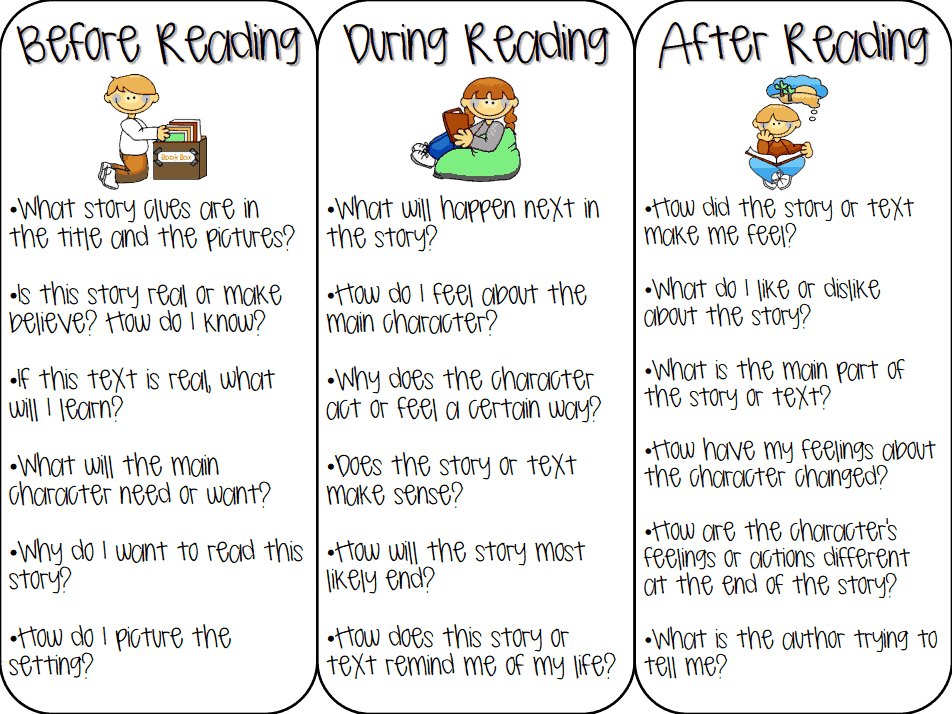 If possible, show a video clip of a pre-game sports cast. Use the analogy of a pre-game show and before reading questions to help students ask effective "before" reading questions. As you generate questions for each topic. Spend some time wondering about the answers and making predictions about the book. Write your predictions about the book in a separate column.
If possible, show a video clip of a pre-game sports cast. Use the analogy of a pre-game show and before reading questions to help students ask effective "before" reading questions. As you generate questions for each topic. Spend some time wondering about the answers and making predictions about the book. Write your predictions about the book in a separate column.
Identify a purpose for reading the text. Narrative = for literary experience/enjoyment Expository = for information Functional = to perform a task/follow directions.
Examine the cover illustration and read the title, modeling how to ask questions. Write the questions on chart paper or on an overhead projector. Look at the author and model how to generate questions.
Activate background knowledge by taking a picture walk with students. Cover the print with sticky notes, and think aloud as you model how to generate questions, make predictions, and build vocabulary by carefully examining and discussing the illustrations in the text.
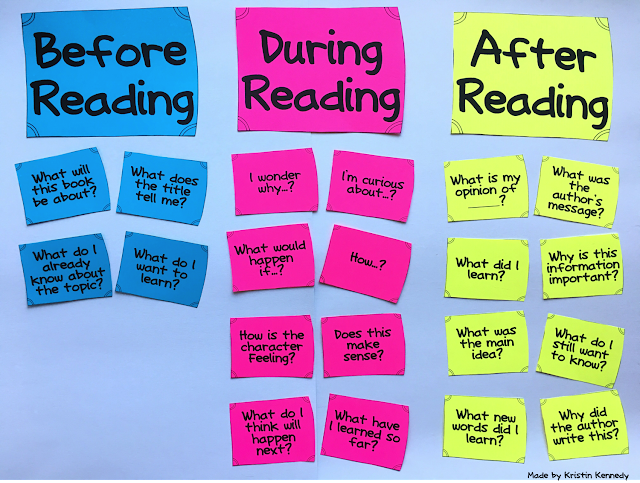
Ask questions about the setting, characters, events, and genre of the book.
| Pre-Game Show | Questions Before Reading | Predictions |
| Team A vs. Team B What teams are playing? What do we know about these teams? Where are they from? Have we ever seen either team play? In your opinion, are they skilled? Is one team better than the other? | Title of Story/Cover What topic might this story be about? What do we already know about this topic? Have we read any other books about this topic? Do we have any experience related to this topic? Where and when did we have the experience? | |
| Coach Who is the coach? What do we know about the coach? What teams has he/she coached in the past? What is his/her coaching style? | Author Who is the author? Who is the illustrator? What books have he/she written or illustrated in the past? Can we describe the style of the author/illustrator? Have I ever read other texts by this author? If so, what do I remember about those texts? | |
| Stadium Where is the game being played? Who has the home field advantage? What are the current weather conditions? How will the weather conditions affect the game? | Setting Where and when does the story take place? Is the place/time familiar or unfamiliar to us? Have we read any other stories with a similar setting? | |
| Players Who are the key players? What positions do they play? What are their skills? | Characters Who are the main characters? What role might they play in the story? Can we predict some of their character traits by examining the illustrations? | |
| Plays What plays are the coaches likely to run? | Events What events may take place in this story? | |
| Rules/Principles of Game What are the rules of the game? What are winning strategies? | Genre of Text What genre of story is this? (fairytale, folktale) Have we read other stories of the same genre? What are the characteristics of this genre? |
Tell students that the class will read the story together tomorrow, and learn to ask new questions while they are reading to help understand the story.
Guided practice
Give students the opportunity to practice writing and discussing some "before" reading questions for a new story. Place students in 6 groups and have each group record or role play a "pre-reading show" for the new book, just as sports casters broadcast a pre-game show.
1. title/cover
2. author/illustrator
3. setting
4. characters
5. events
6. genre of literature
Select student leaders to guide each groups through the process of examining the cover of the new story and taking a picture walk. Allow groups to discuss their topic. Students should generate two of their own "before reading" questions on their topic, and then share their questions and provide feedback to each other. Have groups include information from their prior knowledge and personal experience as they discuss the "before reading" questions, and have them discuss the possible answers and make predictions about the book.
After each student has had the opportunity to formulate and write two questions, jigsaw the groups to form TV crews for a "pre-reading" show.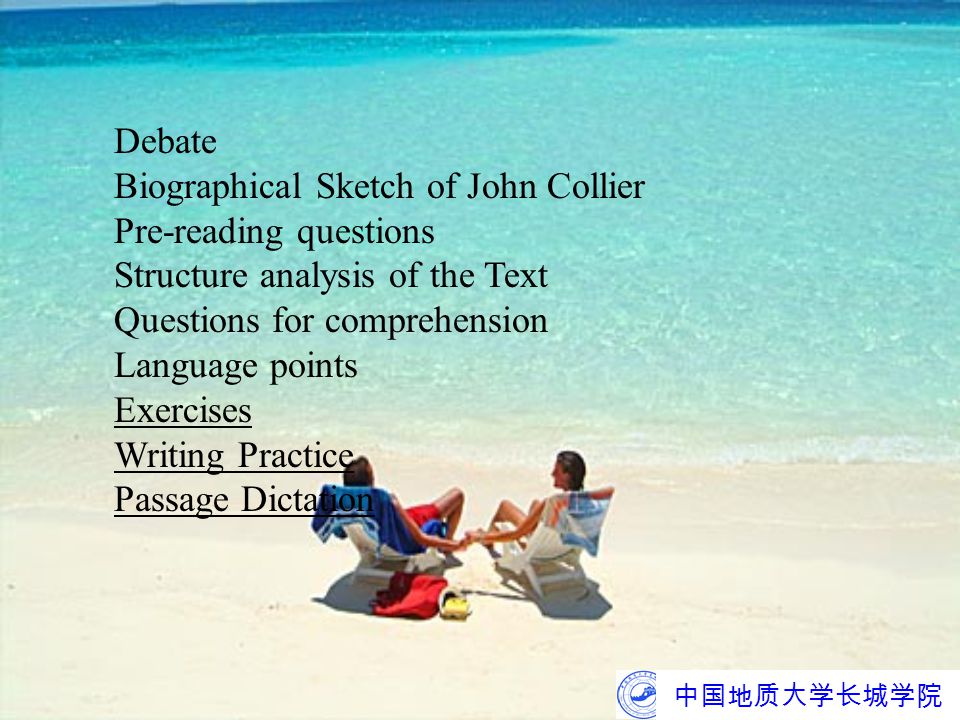 Each TV crew should have six students, one student from each group, 1-6. Review the parts of the rubric. Provide a time limit for each TV show, and tell students that each show should include:
Each TV crew should have six students, one student from each group, 1-6. Review the parts of the rubric. Provide a time limit for each TV show, and tell students that each show should include:
an introduction of the members of the TV crew
slogan, jingle, or music
a discussion of their prior knowledge about the topic
a discussion of each member's questions
predictions about the book from each member
Give groups the opportunity to practice asking and discussing their questions before role playing or videotaping their show. If time permits, allow students to make larger visual aids to display during the discussion. "Microphones" can be made quickly from rolling paper into tubes.
Sharing Ideas
Distribute rubrics to the class. Allow students to score each TV crew as they present.
Independent Practice
Have students think of a younger child that they will spend time with this week.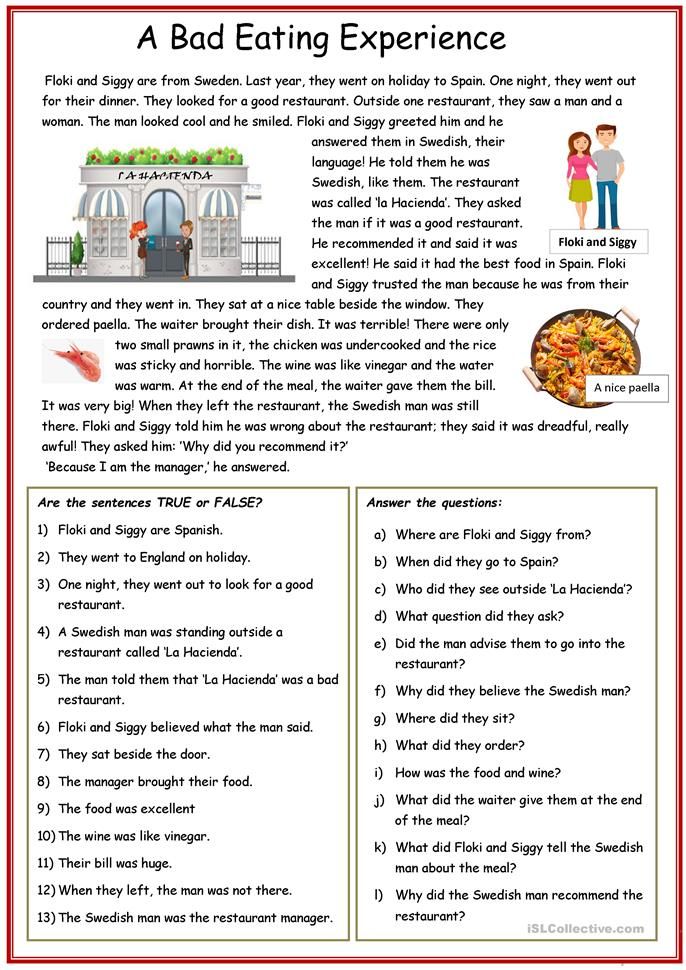 Have them think of a book that they can read to the child. Have students use some of the "before reading" questioning strategies they learned to help the younger child understand the story. Students can use this questions framework worksheet to help them with questions to ask before reading, and help the child make predictions. The worksheet reminds students to ask questions about the title and cover, author and illustrator, setting, characters, events and genre.
Have them think of a book that they can read to the child. Have students use some of the "before reading" questioning strategies they learned to help the younger child understand the story. Students can use this questions framework worksheet to help them with questions to ask before reading, and help the child make predictions. The worksheet reminds students to ask questions about the title and cover, author and illustrator, setting, characters, events and genre.
Assessment
Each group will be assessed using the scores from the presentation rubric, scored by their peers and teacher.
How to read and discuss books
Let's take a closer look at each way of reading.
1. Elementary Reading
This is the level of reading taught in elementary school, that is, putting letters into words. If you are reading this article, you have mastered this skill.
2. Inspection (introductory) reading
Inspection reading is suitable for working with large amounts of information. It includes a quick introduction to the contents of the book by reading the preface; studying the table of contents; front and back of the book cover. In the inspection method, a conclusion with the main conclusions is also visible. It is clear that this method is not suitable for reading fiction, but it will do for business and popular science. Also, with this method of reading, it is useful to study reviews of the book. Inspection reading also includes reading across the sheet, when you quickly familiarize yourself with the text without comprehending it.
It includes a quick introduction to the contents of the book by reading the preface; studying the table of contents; front and back of the book cover. In the inspection method, a conclusion with the main conclusions is also visible. It is clear that this method is not suitable for reading fiction, but it will do for business and popular science. Also, with this method of reading, it is useful to study reviews of the book. Inspection reading also includes reading across the sheet, when you quickly familiarize yourself with the text without comprehending it.
3. Analytical Reading
Analytical reading involves the intense involvement needed to understand what is said and meant in a book. In analytical reading, you not only get acquainted with the text, but also carry out preliminary work on the study of the author, genre, context of a literary work. While reading, the reader should ask himself the following questions:
● What is the meaning of this paragraph?
● How does this information relate to what I already know?
● What does the author say about .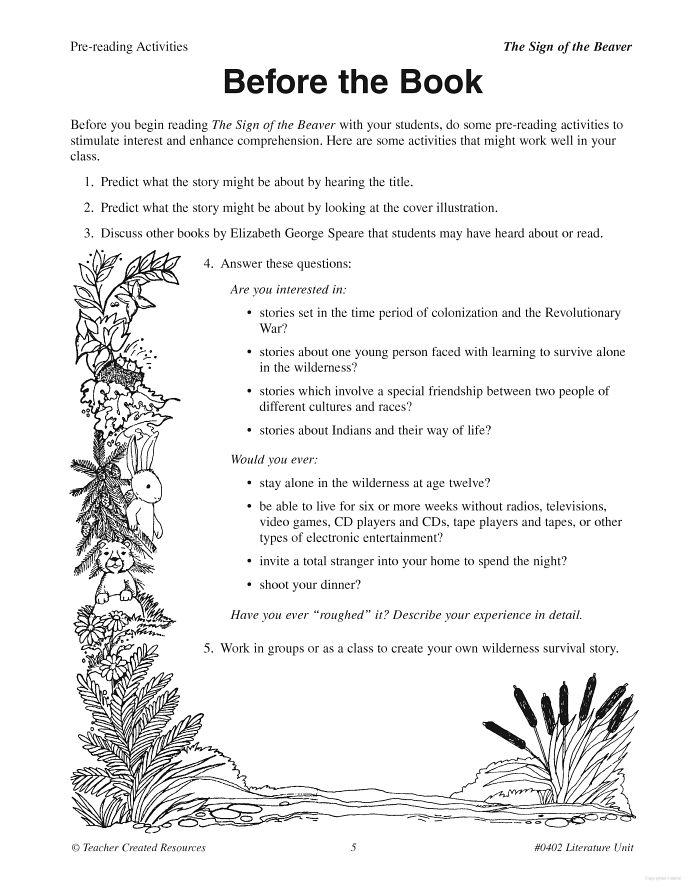 ..?
..?
When you ask yourself questions while reading, you constantly evaluate what has been said. When reading, take a longer pause after a difficult piece of text. Make sure you fully understand what the text says; break the text into smaller chunks; look for words you don't understand; summarize what you read and also discuss the text with someone. These steps will help you fully process and understand this piece before moving on. After reading, analyze the book, identifying its main ideas and value.
Analytical reading is instilled in literature lessons at school, when you first learn the biography of the author and the time in which he lived. Then read the text and discuss it with the teacher. This process ends with an essay on the topic. As an adult, it is not necessary to write an essay in order to analyze a book well. However, it is important to go through the preparatory and final stages at least minimally, having studied one or two links, in order to get a complete picture.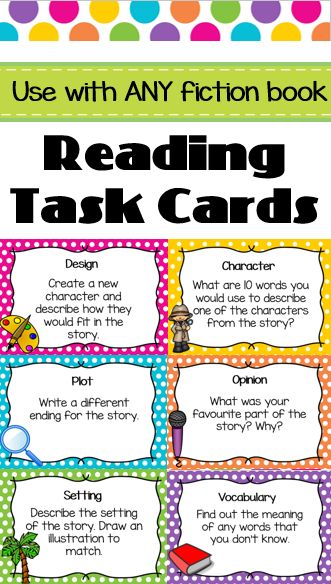
4. Research (syntopic) reading
The most difficult reading of all, most suitable for scientific activities in the field of comparative literature, but can also be used in everyday reading. In this case, reading books becomes a hobby. Syntopic reading involves reading many books on the same topic, and comparing and contrasting authors, their ideas, the vocabulary of the text, etc. The purpose of research reading is not to achieve a general understanding of any particular book, but is to study a certain aspect that is common to several books. This task is solved by comparing passages, translating terminology, formulating questions, defining the problem. Specifically, there are five basic steps to exploratory reading.
● Search for suitable passages. You need to find books that are relevant to the topic, and then select the passages from them that best suit your needs. This is where inspection reading comes into play.
● Search for keywords.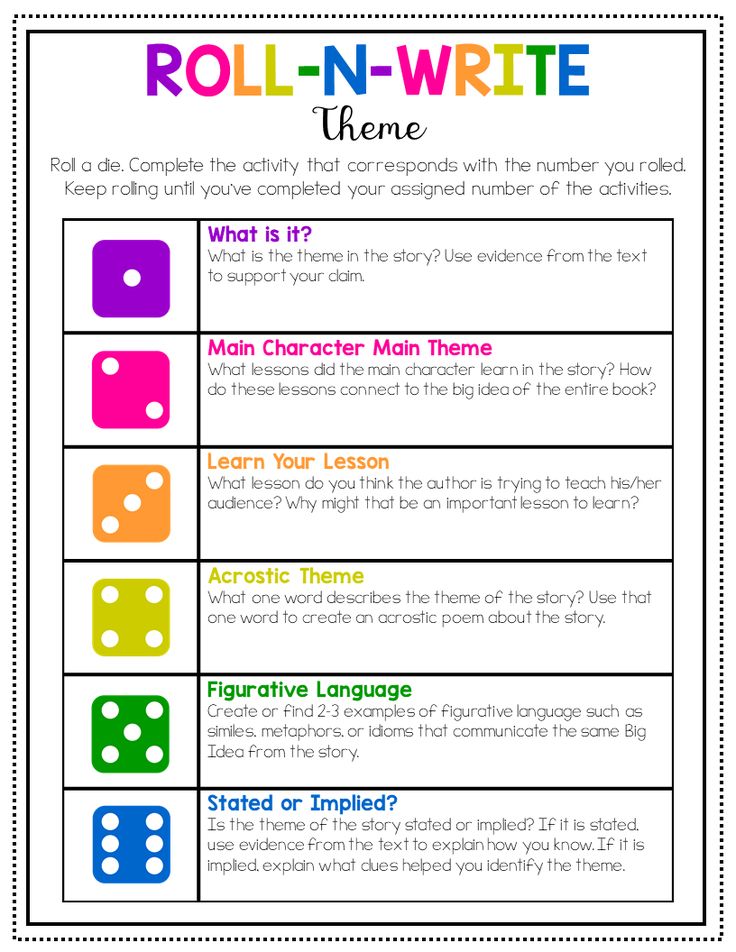 In analytical reading, you must identify key words or concepts and how they are used by the author. The process of finding similar concepts is quite complex, as each author is likely to use different terms and concepts to formulate their arguments.
In analytical reading, you must identify key words or concepts and how they are used by the author. The process of finding similar concepts is quite complex, as each author is likely to use different terms and concepts to formulate their arguments.
● Clarification of questions. Instead of focusing on the problems the author is trying to solve, you need to focus on the questions you want answered: why does the author describe the character in this way, why does he use this particular era?
● Problem definition . If you have asked a clear question, to which the authors have answers, then the problem and the literary source have been identified correctly. Different authors may have completely opposite points of view on the problem.
● Shaping an opinion. It is presumptuous to expect that in the analysis of the text there will be at least one indisputable truth. But from several opinions of the authors, you can form your own informed opinion.
How to Discuss
Book discussions are a great way to spend time where book lovers can get together, analyze and have a lively discussion about plot twists, character flaws, and ending meanings. Here are some examples of questions to ask yourself and others after reading this book.
1. What was your initial reaction to the book? Did it hook you right away or did it take you a while to sink into it? These questions will give you a starting point for analyzing and discussing the book.
2. Do you think the story focused on plot or character? From here you can either delve into a discussion of the character's qualities and actions or plot twists that especially hooked you and other participants in the discussion.
3. What is your favorite quote or passage from a book? One of the most interesting things about discussing books is finding out what parts of a story or what statements get other people's attention.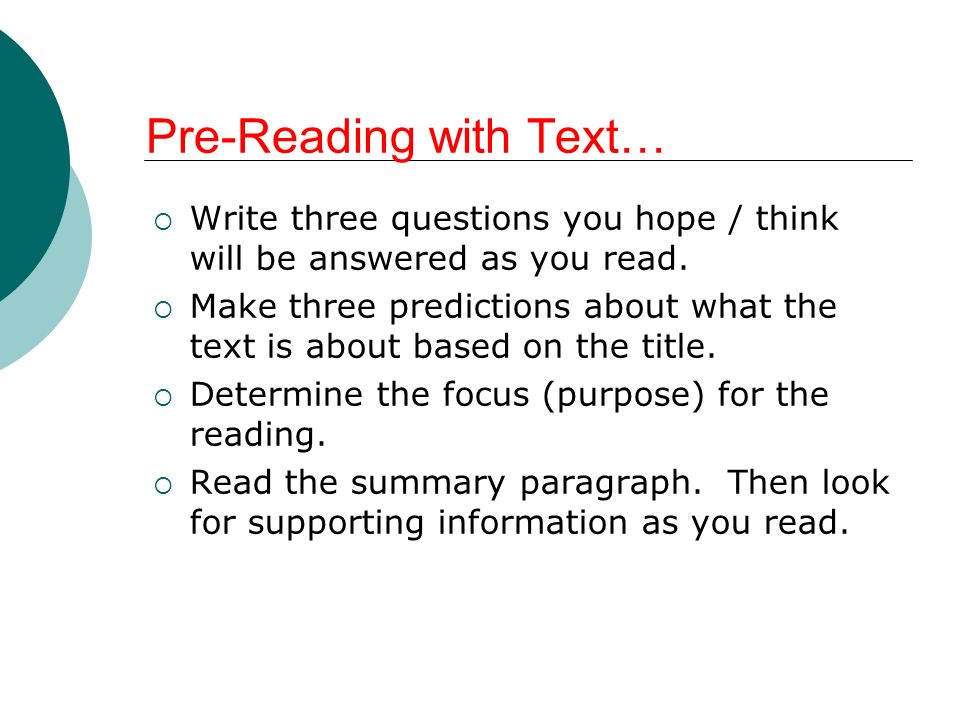 Ask each member of the discussion to read a favorite passage or quote aloud. This will not only give you the opportunity to refocus on important points in the book, but also interpret them in a whole new way.
Ask each member of the discussion to read a favorite passage or quote aloud. This will not only give you the opportunity to refocus on important points in the book, but also interpret them in a whole new way.
4. What made the place, time, and setting unique or important? Could the story take place somewhere else? In many books, the setting and the era are a defining part of the story, sometimes acting as a separate character. Use this question to find out how the setting influenced events in the book's plot.
5. What topics of the book have become defining? What is the most important topic in the book? These questions are too similar to the elements of a literary essay, but nevertheless they are important and often lead to a good discussion.
How to participate in the discussion
1. Watch your speech. Try to avoid words like "terrible" or "idiotic" when discussing books. This will not help in the discussion, but will only lead to unnecessary conflict. Instead, talk about your experience, how you felt while reading the book.
This will not help in the discussion, but will only lead to unnecessary conflict. Instead, talk about your experience, how you felt while reading the book.
2. Don't be dismissive. If you disagree with someone else, don't call him or her an ignoramus. Just say, “I'm not sure I see this situation or the characters this way. That's what I think…".
3. Explain your point of view. Use specific passages from the book to support your opinion.
4. Read with a pencil. Take notes or mark passages that strike you or that you find significant, funny, or insightful, to be read later when discussing the book.
We hope that these tips and suggestions will help make the process of reading books even more fun.
13 competent answers to parents' questions about children's reading
Surveys, May 23, 2019
How to teach a child to read independently and make him fall in love with this activity. What books should be for the first reading, how to infect a child with a love of books and make him read on his own, the author of the book Dreams told in an interview with Letidor. 25 stories and short stories for first reading. 6-7 years and other books for younger students, a teacher with 30 years of experience Svetlana Batyreva.
What books should be for the first reading, how to infect a child with a love of books and make him read on his own, the author of the book Dreams told in an interview with Letidor. 25 stories and short stories for first reading. 6-7 years and other books for younger students, a teacher with 30 years of experience Svetlana Batyreva.
Dreams. 25 stories and short stories for first reading. 6-7 years old
- Now children write and read on computers, tablets and phones, but I really want them to love paper books ... Or is it already out of date?
— I am absolutely sure that the paper book familiar to us should become the first book of the child. You can pick it up, look through it, look at the illustrations. This book not only looks different, it even smells different.
For a novice reader, such tactile sensations are very important.
It is also important to see the spread of the book, and not part of the text on the screen of the gadget.
— And what if the child does not want to read, but only looks at illustrations in books?
- The fact that the child reaches for the book and leafs through it, looks at the illustrations, is already a victory! So, the book is interesting for the child! It is important not to miss this moment.
- And who will read?
- Adults. While the child is learning and mastering this difficult skill, he may lose interest in reading and never become a keen reader. Parents have a unique opportunity not only to help their child in this matter, but also to become the first people who will open the world of books for him.
For this you need quite a bit - just read aloud.
And the sooner you start doing this, the better. Let reading become your tradition, your common cause.
Why don't many children want to read for themselves? Although they love books and love when they are read to.
- Reading skills are formed rather slowly and not easily.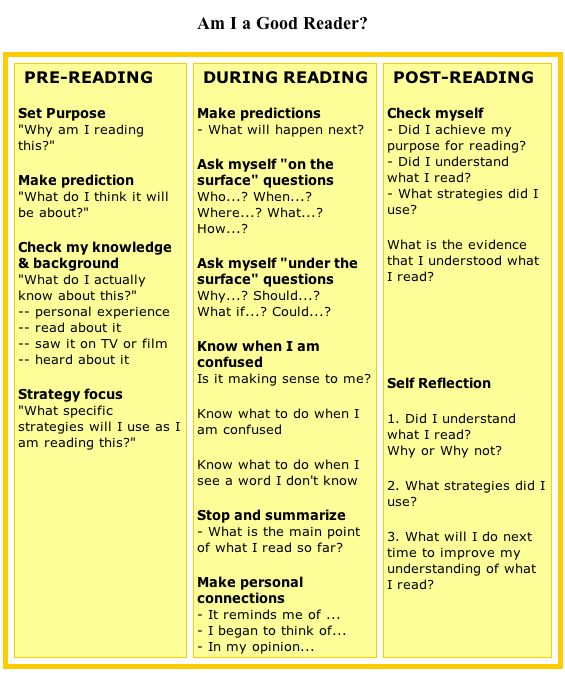 In the meantime, a preschooler has not learned to read, it is very difficult for him to do this. Yes, and it is not always possible to read everything you want. How can you want to do something that doesn't work? The child refuses to read independently, but reading adults listens with pleasure.
In the meantime, a preschooler has not learned to read, it is very difficult for him to do this. Yes, and it is not always possible to read everything you want. How can you want to do something that doesn't work? The child refuses to read independently, but reading adults listens with pleasure.
What should be the first book?
- Books for the first reading should be interesting, relevant for the child. The texts should not contain obscure words and cumbersome constructions. Pay attention to the language: it's good when the first book is written in literary language without jargon.
If the child reads independently, then the texts in this book should be small (two or three sentences to begin with), the font should be large.
It is desirable that the texts be written on a white background, so it is more convenient to read and nothing distracts from reading.
Illustrations! Big and beautiful, and at the same time realistic. Like, for example, in my edition of Dreams.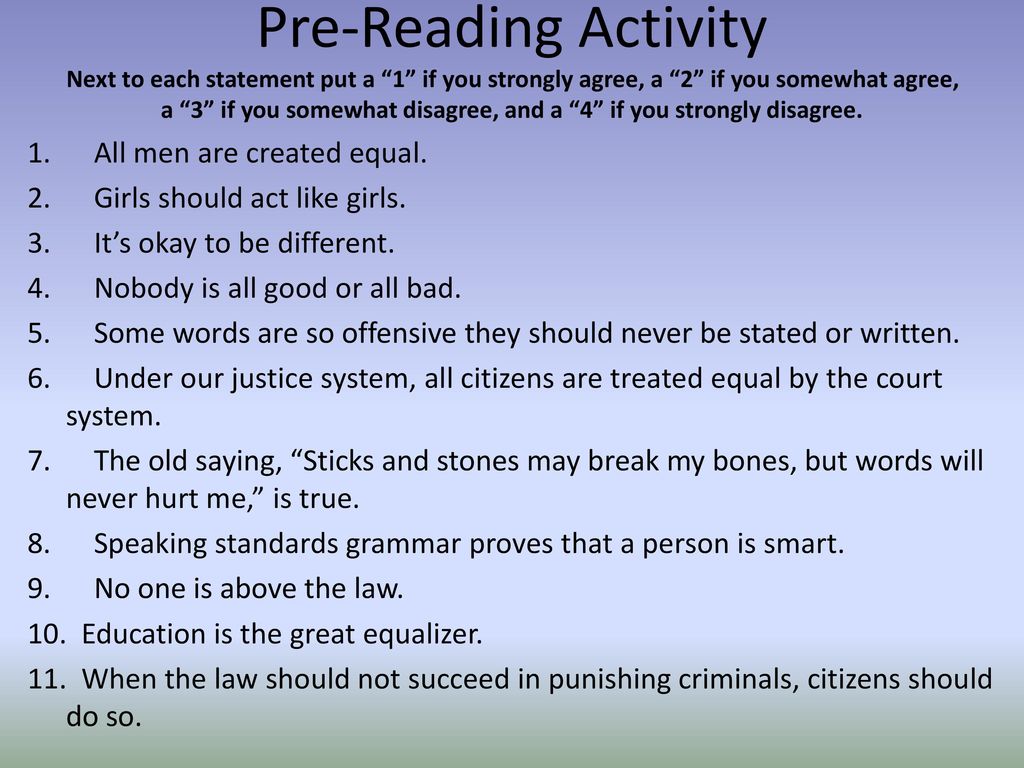 This is a collection of simple short stories for first reading.
This is a collection of simple short stories for first reading.
Even in the first book there should be short stories with an interesting plot. It's great if the main character is one (through) - the child is interested in what will happen to the hero next. And then you can read "with continuation." Today one story, tomorrow another.
You can continue to "communicate" with the book and after reading:
– Draw illustrations for the book and make a Book Album.
- Think of a continuation of the story you have read.
- Arrange a home theater and show a play based on the book to friends, relatives, dad or grandmother.
It's good when reading becomes a tradition. And it doesn't matter when you read to your child - before bed, in the afternoon or on weekends.
The main thing is that joint reading should be regular and necessarily colored with positive emotions.
How much time per day should you devote to reading?
- Half an hour is enough for the first time.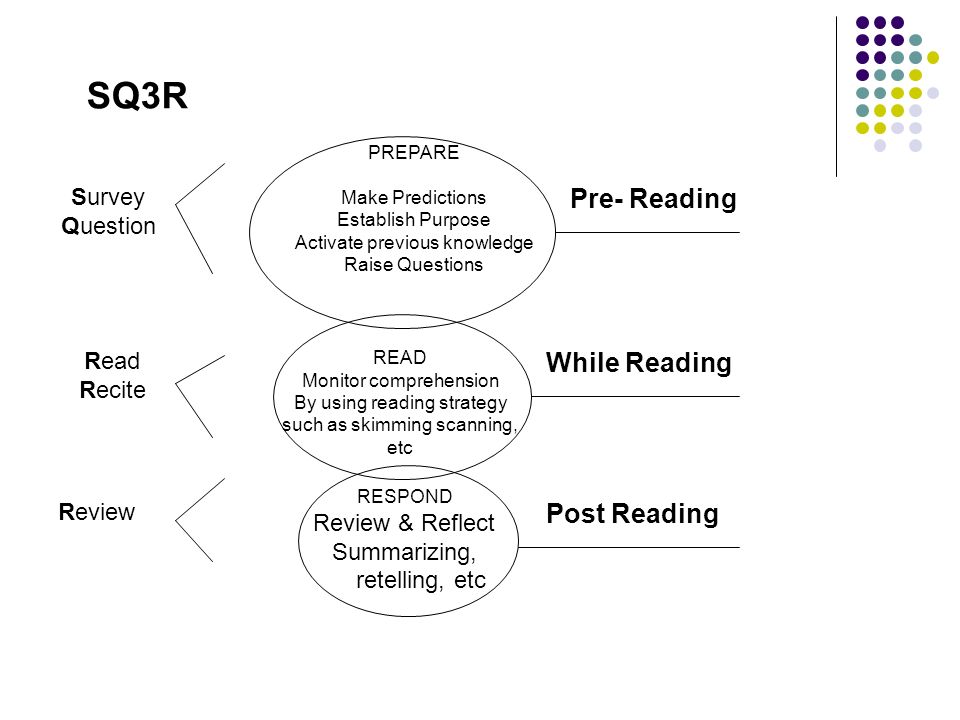 During this time, you can read a short text and discuss what you read, looking at the illustrations. And then you get carried away and do not notice how the time spent reading the book will increase, stretch out. You don't have to turn reading into exercise. Reading should be fun!
During this time, you can read a short text and discuss what you read, looking at the illustrations. And then you get carried away and do not notice how the time spent reading the book will increase, stretch out. You don't have to turn reading into exercise. Reading should be fun!
I assure you, the children will remember all their lives those moments that you spent together reading a book.
- It happens that parents read a lot, and there are good books around the house, and traditions, and with pleasure, but the child himself does not want to read anyway. How then to include it in independent reading?
- You don't really need to force it.
A child should not be punished by reading - it is very dangerous!
You have to negotiate with him. For example, “Let's agree that we will read every day! And you will determine the time yourself. Let the child set the alarm for 5, 10, 15 minutes and read until the call. It is better if you also read something of your own at this time.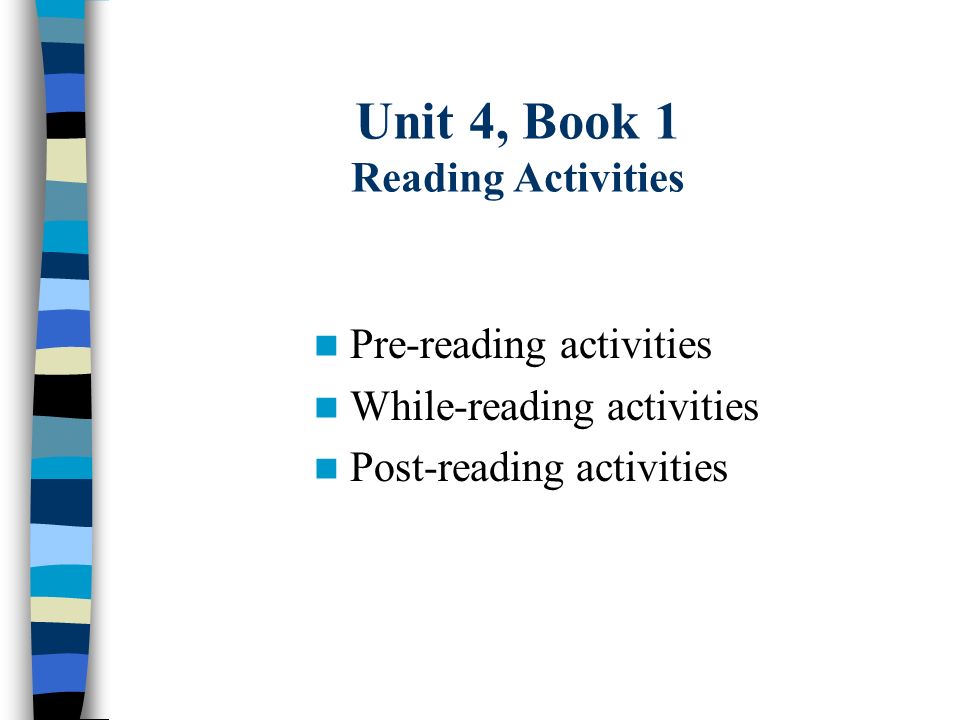
- Where to start independent reading if a person has already learned to put words into sentences?
- You can invite the child to read first only the title of the work. Read the whole story for yourself. Then the child reads the title and the first sentence. Then - the first paragraph and so on ...
Is it useful for children to read their first books aloud? Speak?
Yes! You need to start by reading aloud, you can “lead under the line” with your finger and pronounce what is written a little in a singsong voice: “ma-a-a-a-ma we-s-s-s-yla ra-a-a-a-a-mu” .
What are the most common mistakes parents make when reading to their children?
Adults often do not have the patience to listen to a child's reading to the end. I want to correct, explain, help. Do not interrupt the child when he is reading. Do not correct in the process of reading, do not pull, do not try to immediately explain the meaning of all incomprehensible words.
Let your child read everything to the end, be patient!
- But after reading, you can ask if everything was clear.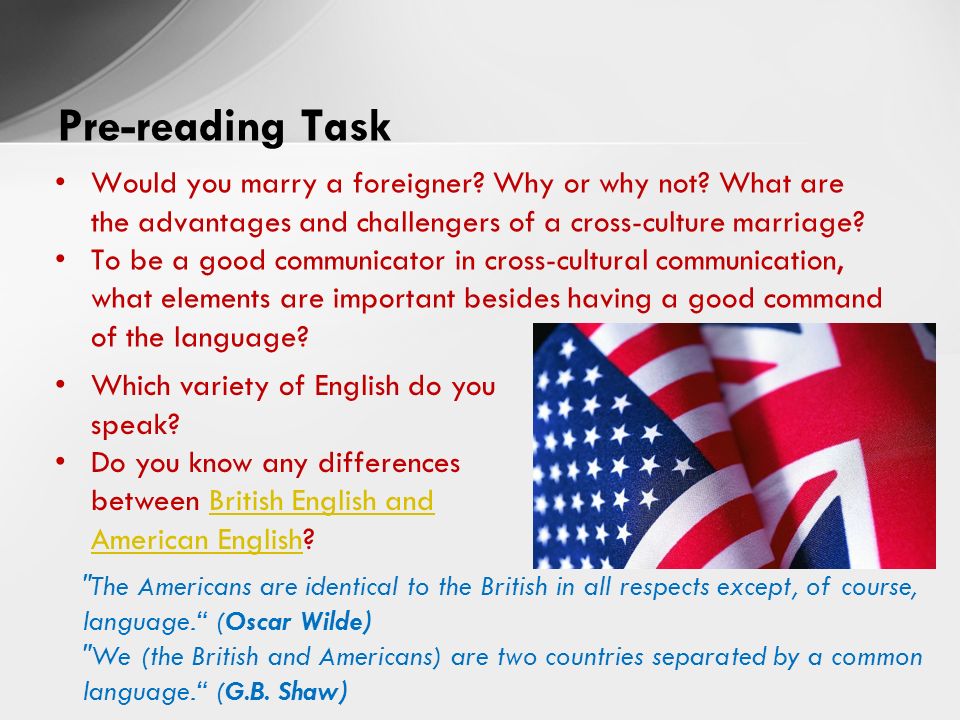
Parents forget to praise their child. Any manifestation of independence and interest in reading should not go unnoticed. Let the child hear more often:
How nice of you to suggest reading this book! How well you read! - I love to read with you!
What is "meaningful reading"?
This is when a person reads and understands what they read. What matters is not how many words per minute the child reads - we are not on the sports ground and are not trying to break the world record in running - but whether he will do it with pleasure.
You can find out whether the child understands what he read, if you discuss the text with him, ask questions about it.
- What if the child reads at home, but not at school?
We need to find out why this is happening, talk to the teacher. Maybe the child is embarrassed to read in front of classmates.
Or maybe you are the reason for his failures. And he is afraid not to meet your expectations...
For example, if you push your child to read faster when you react painfully to failures, when you expect only high results.

